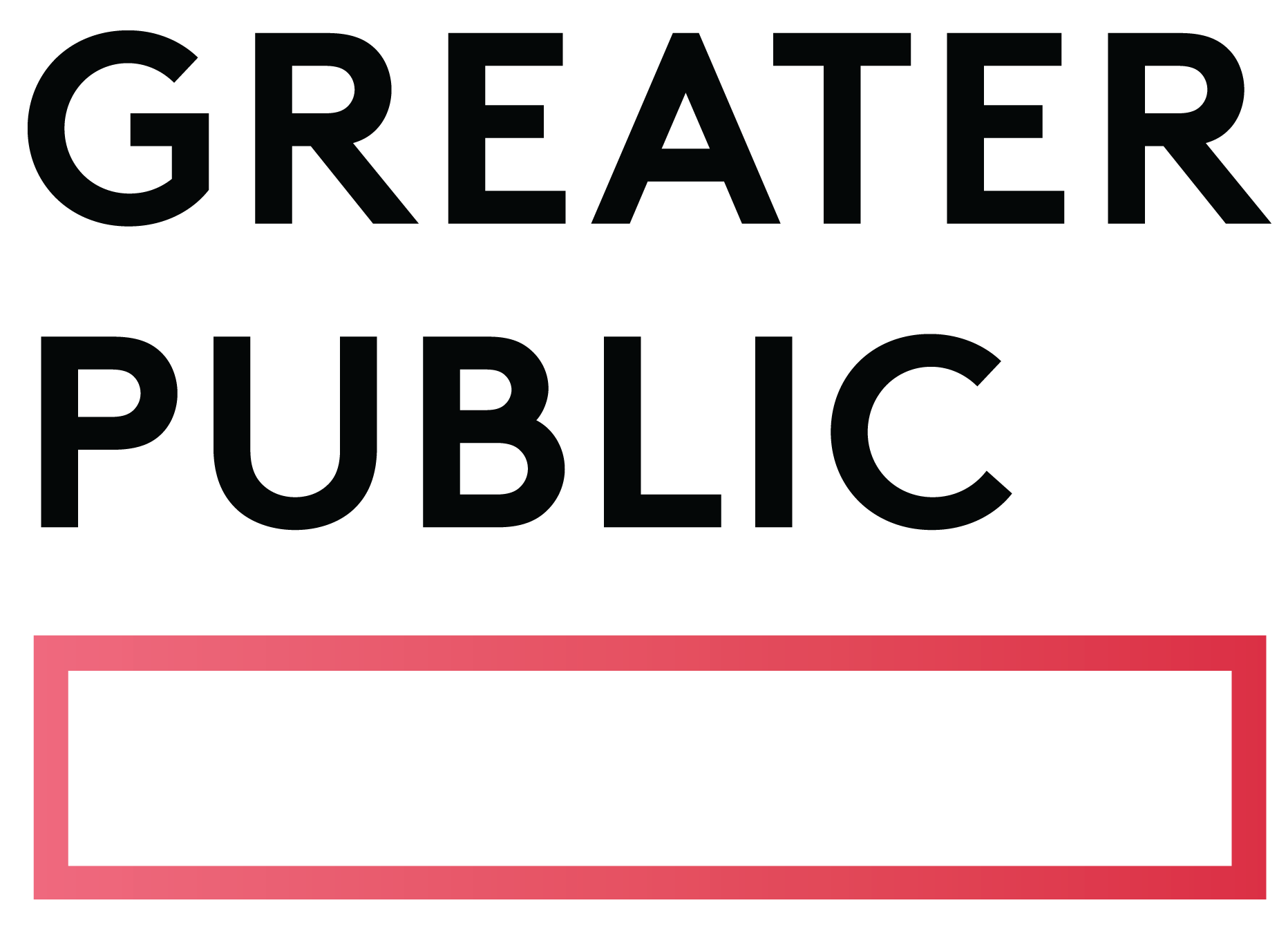Related Articles
Subscribe to the Greater Public newsletter to stay updated.
This site is protected by reCAPTCHA and the Google Privacy Policy and Terms of Service apply.

Digital transformation isn’t just about implementing new technology. As we’ve discussed in our blog post series about WBUR’s Catapult Initiative, a successful digital transformation needs a clear strategy, an intentional communication plan, shared business goals across the teams, and a dedication to creating new business processes. In this post, we want to share with you details of some significant staff changes WBUR made to bring new skills to the organization and to shift the organization’s mindset towards alignment, agility, and delivering the best possible customer experiences.
Early on, WBUR identified several new, essential roles needed: CRM administrators, data analysts, and email marketing specialists. In addition to having deep experience with the specific platforms purchased, these roles would bring technical acumen, consensus-building skills, and experience in defining new business processes.
For platform migration and integration project phases, WBUR hired consultants, and although these experienced professionals were deeply knowledgeable and contributed a significant amount of value, relying solely on external consultants is not advisable. Greg Lyons, WBUR’s Salesforce Administrator, captured everyone’s overall feeling succinctly as: “consultants are great, but consultants leave.” When they leave, the remaining teams own the work completed, which means the teams need to have a fairly sophisticated understanding of the technology and its capabilities, both to use the systems and address issues.
Whether you hire multiple people or an individual, WBUR found that they needed to have the following roles:
A specific skill worth calling out is data expertise. The team at WBUR feels these skills are essential. Greg explains, “you need someone who understands the reasoning behind the data – what business function is it accomplishing – and not just where the data needs to live.”
The reason is because, after data migration to new systems, someone in your organization needs to authoritatively know how the old data can be found in the new systems. This requires a deep understanding of the before and after data structures. After migration is successfully behind the team, this role continues to play a critical role in designing reporting, building dashboards, and training team members on how to access data.
In looking for this type of person, we recommend you look for someone who understands your business and has experience navigating complex data structures. Experience using your specific CRM is of course ideal, but the core skills you need are business acumen and data savvy.
New platforms require training, but what WBUR realized is that training needed to go beyond existing materials typically found in online tutorials. Instead, the training needed to cover how WBUR was going to use the platforms to accomplish its goals. This level of training requires both documentation and frequent, hands-on check-ins.
Beyond the basics of how to use the new platforms, you will need to document how your teams should use the tools for your business purposes. Katie Stack, Director, Donor Relations & Operations, shared that “[a member of our team] crafted a 30-page manual about how we are building our processes and doing things [in the CRM].” This documentation was a valuable resource for explaining how the team’s work should be done, so much so that this documentation was referenced and then adopted by other teams at WBUR. In this way the documentation also served as a vehicle for change management, by transparently explaining new business processes and sharing that knowledge across teams.
Creating documentation is time-consuming and sometimes creating it can get avoided or delayed, but having it written and maintained by your team will ensure your organization is headed down a unified path, using the tools in concert with your goals.
External consultants and technical members of the WBUR team held training in formal group sessions at launch. Additionally, for the first few months, there were scheduled standing ‘office hours’ and check-ins for individuals to ask questions and get hands-on help on completing unfamiliar tasks. This intense hands-on support was useful for getting teams off the ground and running smoothly.
Greg Lyons, WBUR’s Salesforce Administrator, emphasized the importance of continuing training support after the initial months. Later on, training should take the form of regular, but unstructured time. He explained that his group held scheduled weekly “check-ins with an agenda, but not a superstructured agenda, where it just gives people space to talk, raise issues.” This approach has proven helpful because time can be spent addressing real-world problems as they arise and creating space for collaborative problem-solving.
Perhaps the most significant staffing change made by WBUR during this digital transformation was the merging of the Membership department (individual donors under $1,500) and Development department (major donors and grants) under unified leadership. This structural shift addressed a fundamental challenge that many public media organizations face: revenue teams working in parallel rather than in true collaboration.
Katie Stack, Director, Donor Relations & Operations, explained the merger: “Before we merged teams, we would run separate reports, use different success metrics and manage multiple duplicative processes.” After the merger of the departments, where the teams could align their operations, Dixie Ledesma, Associate Director, Donor Strategy & Data, observed: “Now we’re approaching everything as one donor pipeline. We’re working together — with clear and seamless handoffs — toward shared goals that will lead to WBUR’s success.”
Mary Hull, Chief Membership and Development Officer, who leads these unified departments, explained a concrete benefit with a simple example of efficiencies: “In the old way, Membership would write an acknowledgment letter for their donors. [Development] would write an acknowledgment letter for their donors… Now we’re writing one appeal and tailoring it. We’re writing one acknowledgement and tailoring it.” The alignment of messaging, goals, and communication tools has led to concrete returns.
With this merger, the teams also did something basic, but impactful: They moved desks within the office so that aligned teams were seated amongst each other.
Katie Stack explained: “We thought strategically about where people would sit, separating some of the historic teams, and putting [new people] in with [those] who should be working more closely. It has helped a lot.” Dixie shared that because she is embedded with teams using the donor tools, she can ask ad-hoc questions about process and they can ask her impromptu questions about how to access data.
It sounds basic and the collaboration is casual, but the physical proximity breaks down silos and leads to exchanged knowledge and shared understanding. When you have identified teams you want to align more closely, don’t just change the org chart, also change the seating arrangement in the office.
If you are implementing transformational change, either with business strategy or digital investments, don’t overlook the basic building blocks of structuring your staff for success:
Plan for cultural change. Changing teams, staff, and structure is disruptive, and settling into the changes requires patience and persistence from leaders. Prepare for change management and working with teams through the change in routines.
WBUR’s Catapult Initiative was a technology investment and organizational transformation, and in reflecting back, it was the significant organizational transformation which created the foundation for ongoing innovation and efficiency improvements. By improving cross-team coordination, creating new roles, investing in training, and fostering a culture of collaboration, the organization positioned itself to maximize the value of its technology investments.
The lesson for other public media organizations is clear: successful digital transformation requires as much attention to organizational design and human development as it does to technology implementation. The organizations that thrive will be those that view technology as an enabler of better collaboration, clearer roles, and more effective processes, not as a solution in itself.
Check out other posts in our series exploring lessons from WBUR’s comprehensive digital transformation:
This work has been made possible through a grant from the John S. and James L. Knight Foundation.

View these related member resources and more with a Greater Public membership:
This site is protected by reCAPTCHA and the Google Privacy Policy and Terms of Service apply.
New to Greater Public? Create an account.
